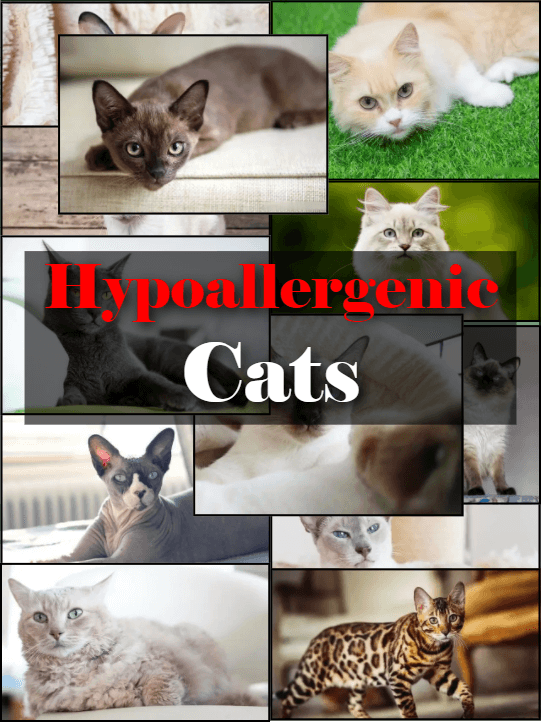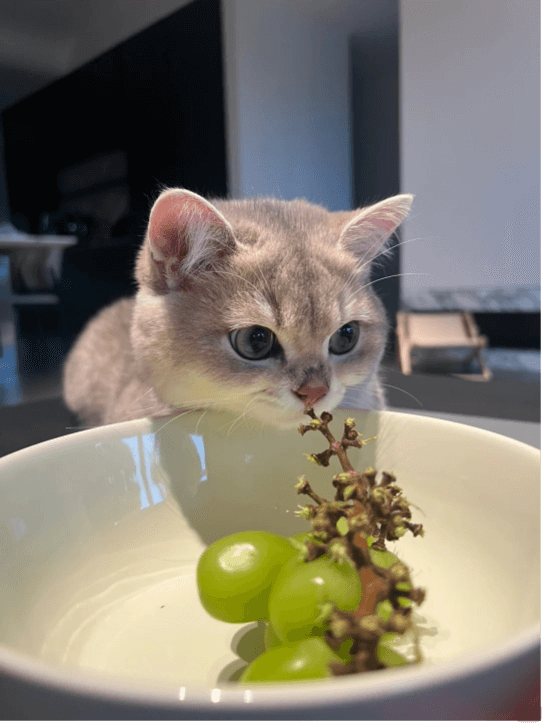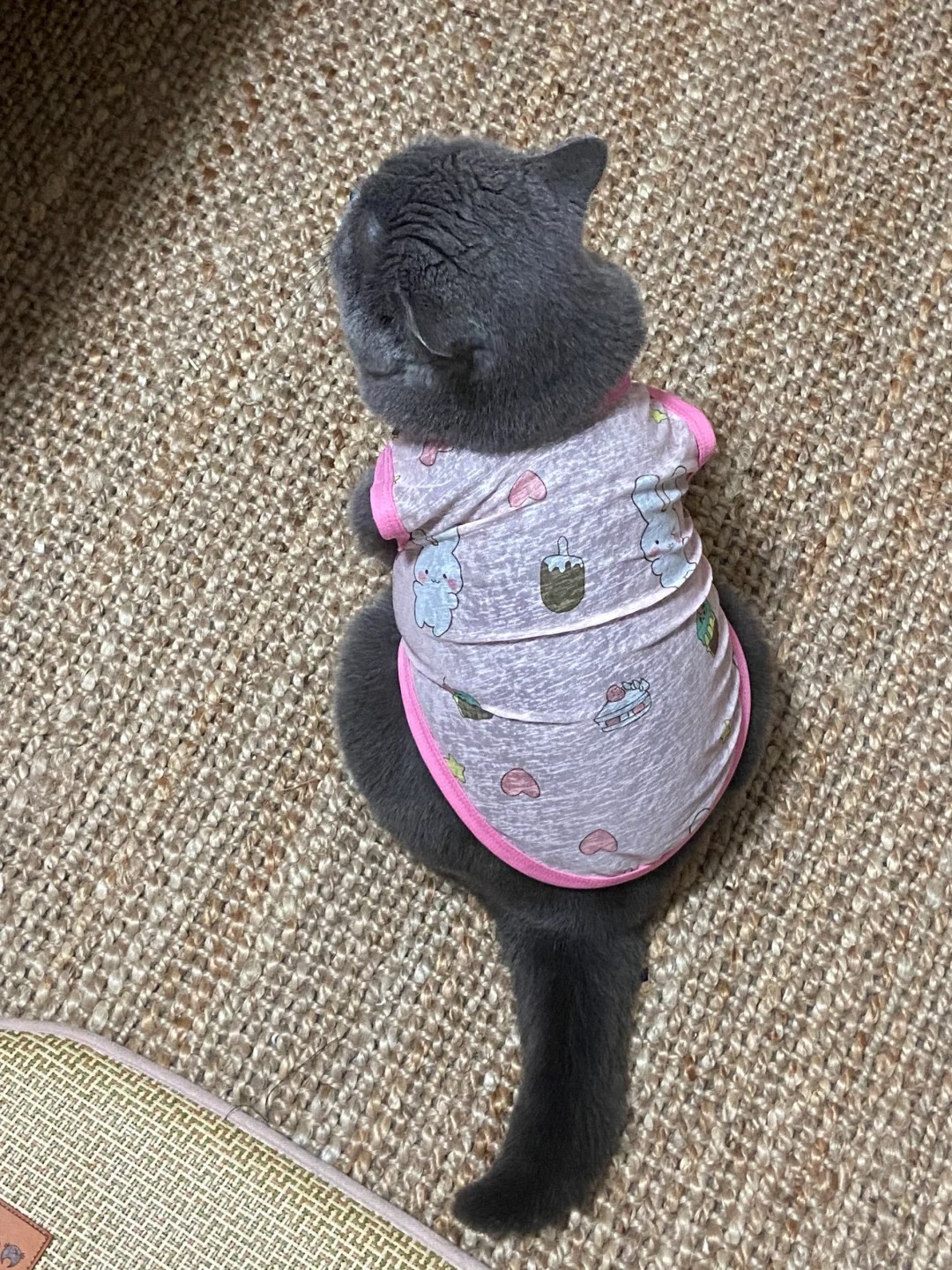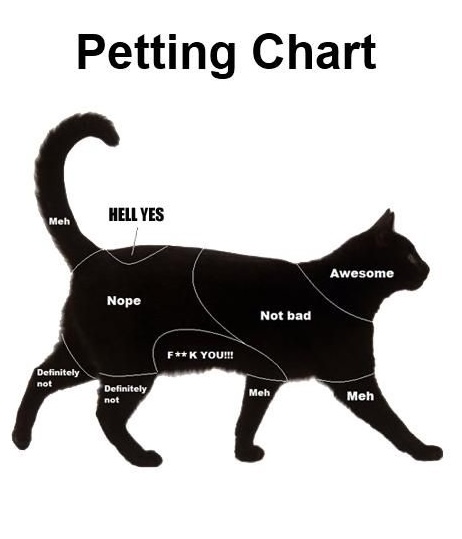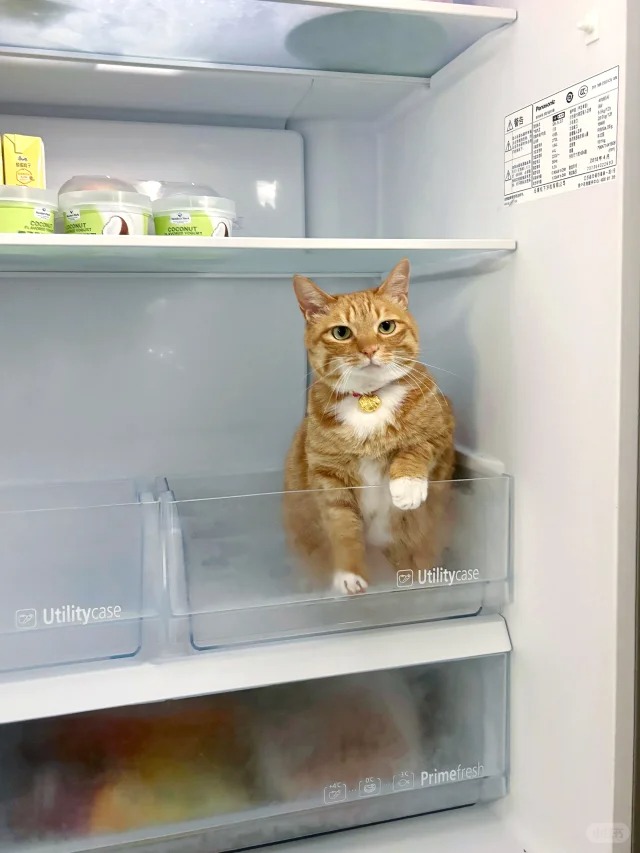If you have allergies or asthma and think you can't have a cat because of it, think again. There are some cat breeds that are quite hypoallergenic. Although no cat is 100% hypoallergenic, certain breeds produce significantly less pet dander and shed less.
The benefit of these cats listed in this article is that they allow allergy-prone cat lovers to actually own a cat. The psychological benefits of having a pet are enormous, so why let allergies get in the way?
### What Causes Cat Allergies?
The most common cat allergy is a protein called Feld 1. This protein is produced by all cats and is mainly found in their saliva, spreading when they groom themselves. Fel d 1 then gets distributed through the dander in cat skin flakes, which spread more when the cat sheds. If you're wondering why your symptoms appear so quickly when living with a cat, this is the reason! You don't have to touch a cat to trigger this allergy.
Therefore, an allergic reaction occurs when a person comes in contact with the protein carried in cat fur rather than the fur itself.
### Low-Allergen Cat List
So, let's dive into the main part of this article and show you the gorgeous hypoallergenic cats you can own!
#### 1 – Cornish Rex
Cornish Rex cats are absolutely adorable. They have a unique curly coat that stays close to their body. A similar breed to the Cornish Rex is the Devon Rex, which we will discuss later in this article. They both have short, thin coats and a low shedding rate, making them very popular among allergy sufferers. They have curly whiskers and egg-shaped heads and are medium-sized felines.
In terms of personality, Cornish Rex cats are playful, amusing, and energetic. Like most felines, Cornish Rex cats are curious and robust. They love affection and being held and cuddled. They are sociable cats and will follow you around the house or garden as they thrive on human attention.
The Cornish Rex breed originated from a genetic mutation in a litter of kittens born in Cornwall in the 1950s. The earliest Cornish Rex was a small tomcat named Kallibunker with a thick curly coat, which the owner found unusual. He was then back-bred with his mother to produce two more curly-coated kittens.
#### 2 – Oriental Shorthair
If you are an allergy-prone cat owner, the Oriental Shorthair is one of the most ideal cat breeds out there.
The Oriental breed comes in both shorthair and longhair variants, but the short-haired Oriental Shorthair is especially popular among those looking to control allergies while still benefiting from having a pet cat.
Oriental Shorthairs don’t shed much, and with regular brushing, you can help significantly reduce the shedding from this breed.
Oriental Shorthair cats are delightful felines. They are known to be very talkative and friendly. They thrive on social interaction and are extremely sociable. They are energetic and need plenty of exercise or activities to keep busy, and most importantly, stay happy.
#### 3 – Sphynx
Hairless Sphynx cats are a favorite among allergy sufferers who still wish to enjoy the companionship of a cat.
Yes, they are hairless, but these cats still produce dander that can aggravate allergies. However, regular baths for your hairless Sphynx cat can help avoid this issue. Bathing them also helps to prevent their skin from getting irritated due to the build-up of oils.
Sphynx cats are adorable in every way! They are outgoing, friendly, playful, mischievous, and kind. They are also super smart and curious like most cats!
They love people and enjoy the attention they usually receive from us humans. Overall, a great cat to own, allergies or not.
#### 4 – Devon Rex
Like the Cornish Rex, the Devon Rex has a thin and delicate coat that sheds far less than most other felines. It doesn’t require much grooming aside from occasionally wiping the coat to help distribute natural oils.
The breed is playful, outgoing, and loud with a purring sound when happy.
They are also known as “pixie cats” because of their elf-like appearance. Due to their minimal coat, they make excellent companions for allergy sufferers. This fur induces fewer allergic reactions.
#### 5 – Balinese
Believe it or not, the Balinese cat is one of the breeds closest to being considered hypoallergenic. In fact, they are one of the least shedding cats.
Reportedly, Balinese cats have lower levels of the Feld 1 protein, making them ideal for allergy sufferers. You wouldn’t think this due to their long fur. They are nearly perfect hypoallergenic cats as they do not shed excessively and require minimal grooming.
The Balinese cat is similar to the longhaired Siamese. They have Siamese-like coloring, dazzling blue eyes, and silky smooth fur. It is believed that Balinese cats evolved from spontaneous mutations when Siamese cats gave birth to longhaired offspring.
They are known for being intelligent and outgoing. They are affectionate and can make great friends. Despite appearing high-maintenance, they are not overly demanding.
#### 6 – Munchkin Cat
The Munchkin cat is ideal for allergy sufferers who are allergic to pet dander. Technically, these cats are not hypoallergenic in the strictest sense. However, due to the low quantity of dander they produce, they are a viable option for those seeking hypoallergenic feline companions.
Munchkin cats are undoubtedly some of the cutest felines in the world. Their fluffy fur, short and stocky legs, and large eyes make them very visually appealing. Personality-wise, Munchkin cats do not disappoint. They are confident, playful animals that make great pets.
#### 7 – Siberian Cat
Compared to other felines, Siberian cats have lower levels of the Feld 1 protein, making them strong contenders for ideal hypoallergenic cats.
Siberians have triple coats that require weekly brushing. They are relatively large cats available in various colors. They do shed at certain times of the year, but weekly brushing will keep the cat looking healthy and minimize allergens. They do produce pet dander, but the quantity poses less risk to allergy sufferers.
Did you know that female Siberians produce fewer allergens than males? Studies have found that about 75% of people with allergies have fewer symptoms around Siberian cats than other breeds.
In terms of personality, Siberian cats are intelligent and affectionate. They are gentle and calm around children, other pets, and visitors, and they are highly social.
#### 8 – Colorpoint Shorthair
#### 9 – Burmese
The Burmese cat is an excellent choice for those allergic to pet hair and dander. These hypoallergenic cats are renowned for being one of the least shedding felines on earth. This means they produce less hair, thereby reducing trigger factors.
In terms of personality, Burmese cats are unique. They are often compared to dogs due to their tendency to follow their owners and desire to please them. They can even play fetching games! These traits are rare among felines, making the Burmese breed stand out.
#### 10 – Siamese
Siamese cats are known to be excellent for mild to moderate allergy sufferers. Their fur is very short, shedding significantly less than other felines. However, because they have dander and a small amount of Feld1, they can still trigger many allergies, but regular grooming can significantly reduce this. Compared to other breeds, their shedding is minimal.
#### 11 – Bengal Cat
Bengal cats are some of the most striking and beautiful felines on earth! Besides their stunning patterns, what sets them apart is their fur. Bengal cats' fur is similar to a rabbit’s, unlike any other breed of cat.
So why are Bengal cats hypoallergenic?
As mentioned, no cat breed is entirely hypoallergenic, but Bengal cats produce less dander because they have short hair and don’t groom themselves as frequently as other breeds.
Additionally, since Bengal cats' short hair requires less maintenance than long-haired felines, fewer allergens are released.
#### 12 – LaPerm
One of the remarkable features of LaPerm cats is their unusual curly fur. You might think this would exacerbate an allergic person’s condition to a tormenting degree. You’d be totally wrong. The thick curly coat actually captures dander and loose hair, minimizing the distribution of allergens and reducing allergic reactions in sufferers.
#### 13 – Russian Blue
The Russian Blue cat, like most cats, is covered in fur, and lots of it. They have short, dense coats that feel divine to touch. If you’re looking for a breed that won't trigger allergies, this is not an issue. This breed produces less Feld1, a protein that causes human allergic reactions.
This means that when they shed at specific times of the year, fewer allergens are released into the air. Therefore, allergic reactions are generally reduced.
Russian Blues are calm, friendly, and enjoy alone time or family time. They are versatile, compassionate, and sometimes a bit shy.
#### 14 – Javanese
The Javanese cat is a crossbreed between a Balinese and a Colorpoint Shorthair. They are lively little chatterboxes! They are very likely to respond with some strange cat talk if you speak to them!
They are among the least shedding felines. Regular brushing helps minimize allergies.
Javanese cats are smart and sturdy; they are excellent jumpers and enjoy making the most of their curiosity, investigating closets and drawers whenever possible. Their coat is short and easy to maintain with no undercoat.
### Additional Tips
To further reduce your allergic reactions, you can invest in an air filter, which can eliminate at least 99.97% of dust, pollen, mold, bacteria, and any airborne particles from your cat. By filtering the air, you can enjoy having a cat and minimize allergic reactions to the lowest possible level.
